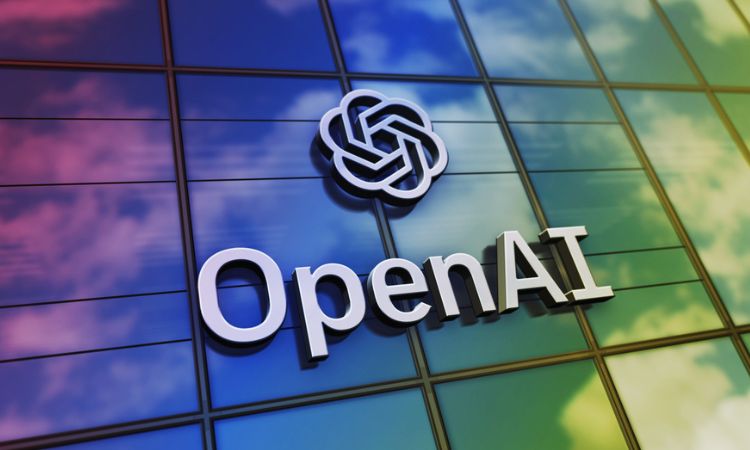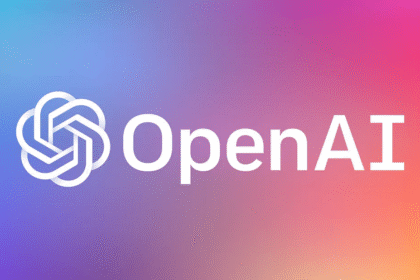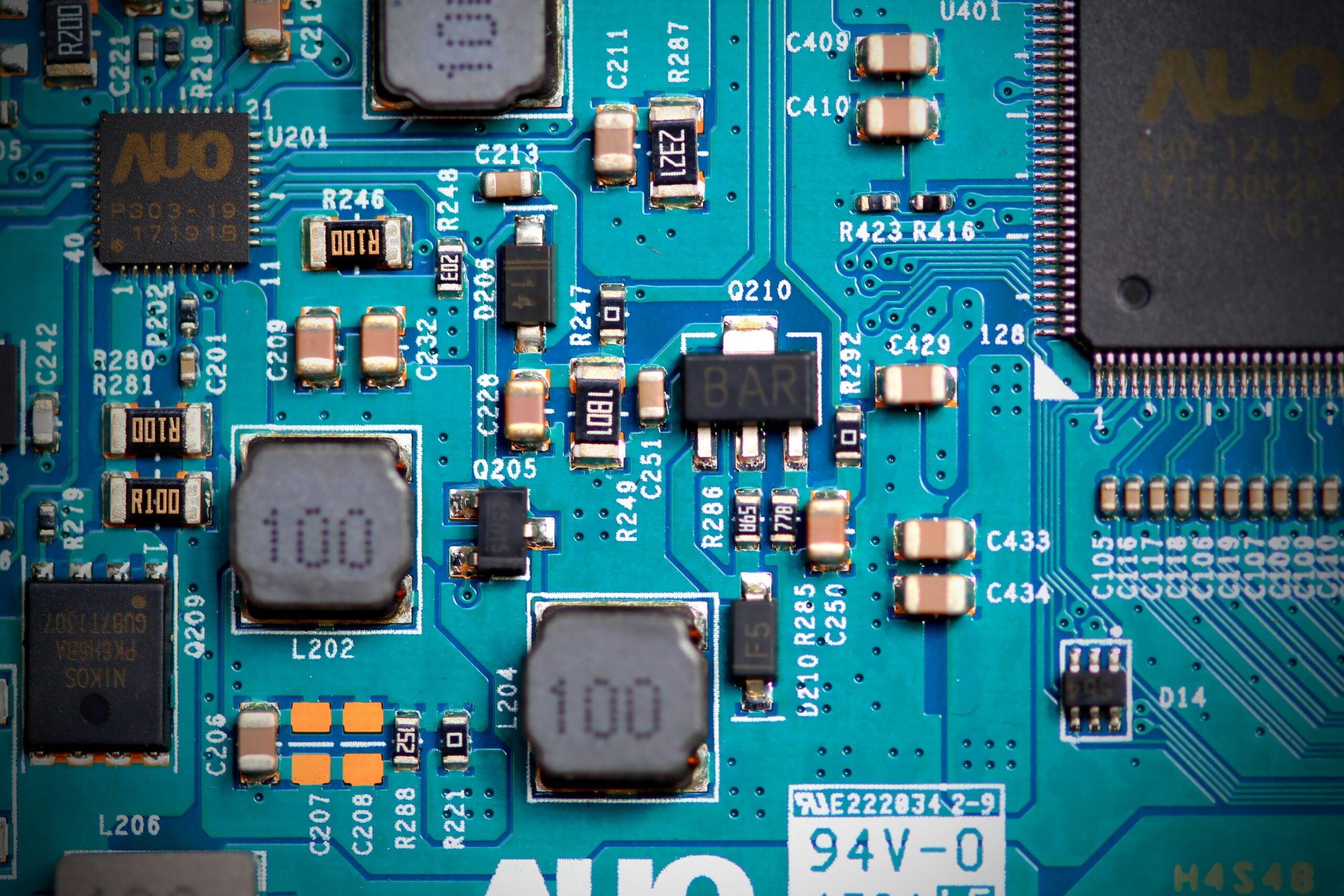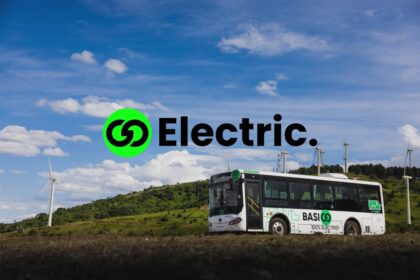You know what is cooler than building a data center? Building one inside a fjord-powered fortress with 100,000 GPUs and enough clean energy to impress Greta Thunberg. That is basically what OpenAI is doing with Stargate Norway, its first-ever European AI data center, where the vibes are icy, but the compute power is.
Announced Thursday, Stargate Norway is a joint venture between OpenAI, British cloud infrastructure startup Nscale, and Norwegian energy giant Aker. Nscale will design and build the place; OpenAI’s role? Buyer of massive amounts of computing juice. You know, the AI off-taker.
This is a $2 billion power move to give Europe some AI muscle of its own, without having to beg for server space across the Atlantic.
While the European Union is busy pouring billions into “AI sovereignty” (read: keeping sensitive data within borders), this particular project is not part of the EU’s official plan. It is more of a parallel hustle, though one that conveniently checks all the boxes: local control, renewable power, eco-regulations, and priority access for Norway’s researchers and startups.
The first phase kicks off with 20 megawatts of capacity and a roughly $1 billion price tag per partner. But that’s just the warm-up act. OpenAI says the site will eventually scale to 290 megawatts and run on 100,000 Nvidia GPUs by the end of 2026. In GPU terms, that’s a small galaxy.
Related: UK Strikes £1 Billion AI Deal with OpenAI to Supercharge National Tech Infrastructure.
The center will be built near Narvik, a picturesque town in northern Norway known for three things: icy weather, hydropower, and not being on most tourist maps. Ideal, actually, for an AI server farm that needs relentless cooling and serious energy without wrecking the climate.
Also, it’s not just about power-hungry training runs. OpenAI says the site will reuse waste heat from the GPUs to support local low-carbon businesses. Because nothing says Nordic efficiency like turning AI-generated heat into sustainable side hustles.
On the surface, it is a nerdy infrastructure update. But zoom out: Stargate Norway is part of OpenAI’s bigger strategy to go global with AI while staying local with infrastructure. It follows similar deals in the UAE, UK, and that jaw-dropping $500 billion U.S. buildout announced earlier this year.
It also aligns with Europe’s growing push to ensure that AI development doesn’t require compromising privacy, power grids, or principles. With the EU AI Act and new energy efficiency rules in play, data centers now have to come clean, literally and figuratively, about their energy use. Stargate Norway, fully powered by renewables and equipped with direct-to-chip liquid cooling, seems designed to comply.
None yet. But the real question is this: Can OpenAI keep building planetary-scale AI while playing by everyone’s local rules? Europe wants AI that is powerful but ethical. OpenAI wants scale, GPUs, and global reach. Stargate Norway might be the proof point that you can have all three, if you build smart and cool, it is smarter.
OpenAI’s Norway project is not just a data center; it is a test of whether the future of AI can be powerful, local, and green. Because the AI arms race isn’t just about speed anymore, it is about sovereignty, sustainability, and who controls the chips.







